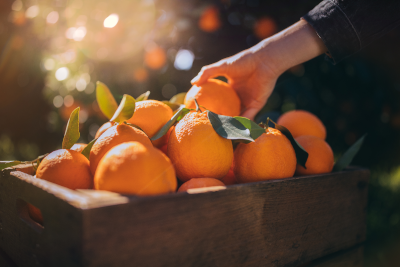Terpenes part 2: molecules of mystery and wonder

Don Shelly
Since before recorded history, herbalists have been exploring the curative powers of various plants and applying this knowledge for the betterment of humanity. Many herbal medicines owe their therapeutic effects to the class of naturally occurring compounds called terpenes, a large and diverse group of organic compounds found in many plant species. Their classification is based on the number of isoprene units they have, from mono-, di-, tri- and tetra- to sesquiterpenes. Terpenes form the major constituent of essential oils, and their most common plant sources are tea, thyme, cannabis, Spanish sage, and citrus fruits (e.g. lemons, oranges, mandarins, etc.).
Terpenes have a wide range of apparent medicinal effects, amongst which antiplasmodial activity is notable, as its mechanism of action is similar to the popular antimalarial drug chloroquine. Monoterpenes, meanwhile, are widely studied for their antiviral properties. And with increasing incidence of cancer and diabetes in the modern world, terpenes also have the potential to serve as anticancer and antidiabetic reagents.
Certain terpenes were historically widely used in natural folk medicine, such as curcumin, which exhibits anti-inflammatory, antioxidant, anticancer, antiseptic, antiplasmodial, astringent, digestive and diuretic properties, amongst others. Curcumin has also become a recent trend in the health food industry, and has opened doors for modern medical research (Cox-Georgian, Destinney et al. “Therapeutic and Medicinal Uses of Terpenes.” Medicinal Plants: From Farm to Pharmacy 333–359. 12 Nov. 2019).
Below is a list of common terpenes and their historic uses in herbal healing practices:
• Caryophyllene – antioxidant, anti-inflammatory, anticoagulant, supports immune function, analgesic, protects the digestive tract
• Humulene – antibacterial, anti-inflammatory
• Limonene – anti-anxiety, antibacterial, antidepressant, antifungal, anti-inflammatory, counters acid reflux (heartburn)
• Linalool – anaesthetic/numbing, anti-inflammatory, promotes memory, supports immune function, relieves cramps, analgesic, restores pulmonary function after infections
• Myrcene – antibiotic, antioxidant, calming, anti-inflammatory, muscle relaxant, promotes sleep, analgesic
• Ocimene – decongestant, antifungal, antiseptic, antiviral, antibacterial, anti-inflammatory
• Pinene – antibacterial, antiseptic, anti-inflammatory, promotes memory, supports concentration, dilates the bronchial tubes (bronchodilator)
Many terpenes are presently undergoing research to verify the effectiveness of these claimed properties.
If nothing else, though, we know that terpenes improve the flavour of our favourite foods and smell pleasant in low concentrations (as evidenced by their use in essential oils), adding zest not just to citrus fruits but to our lives.
Are you testing for terpenes? Learn more about our portfolio of Terpene certified reference materials and how we can help support quality and safety in your terpene-containing products.
